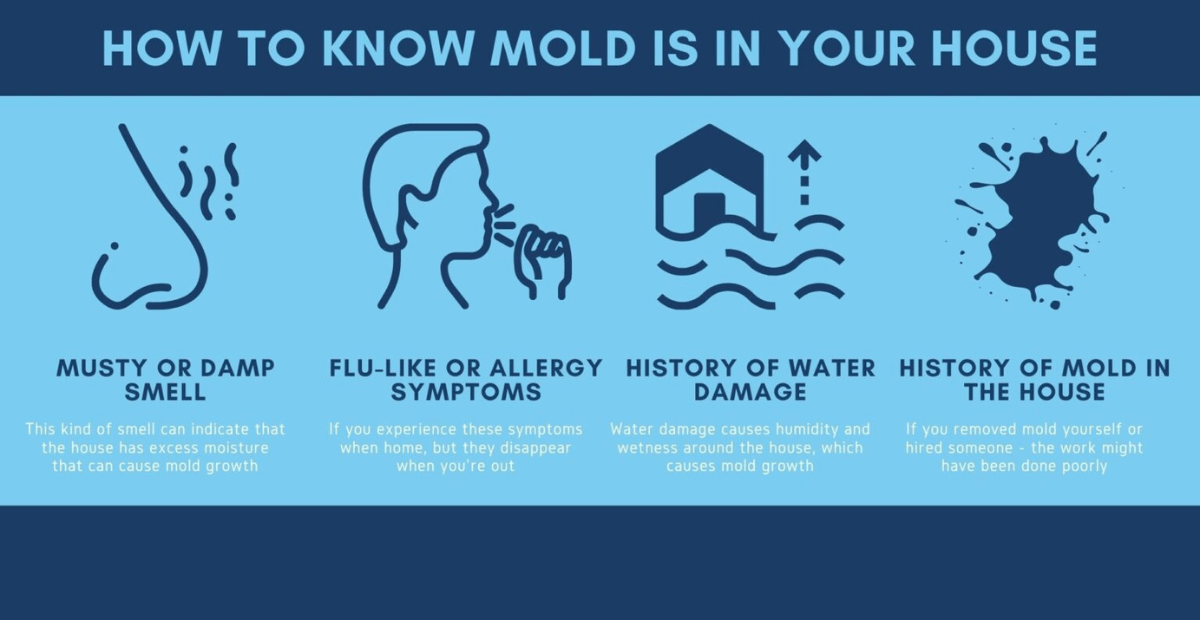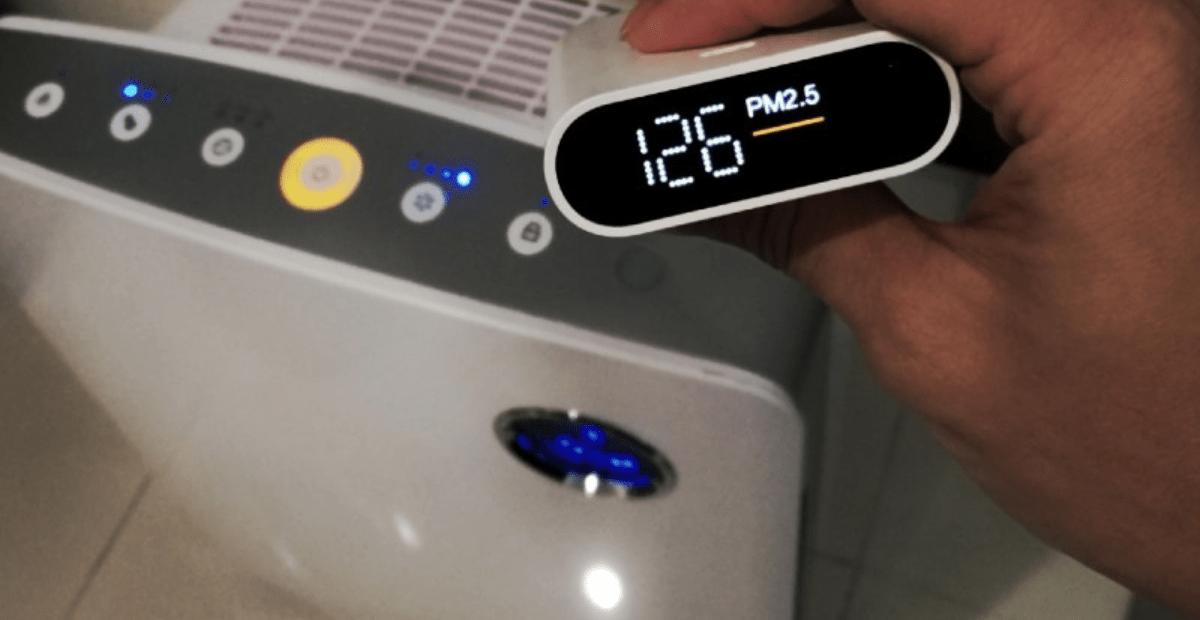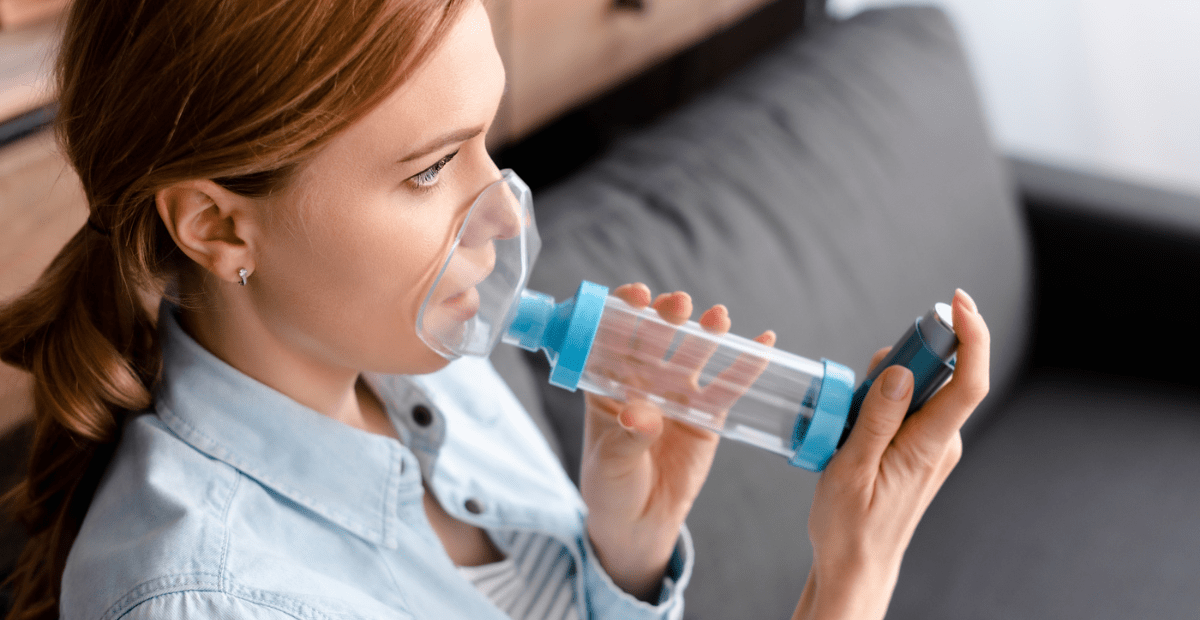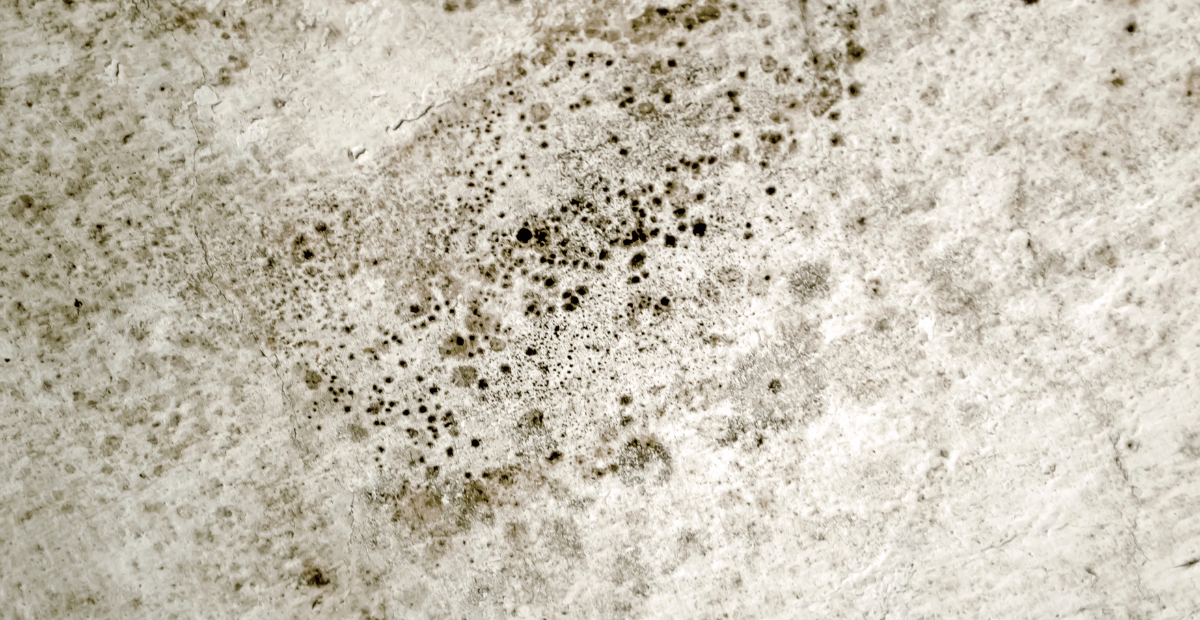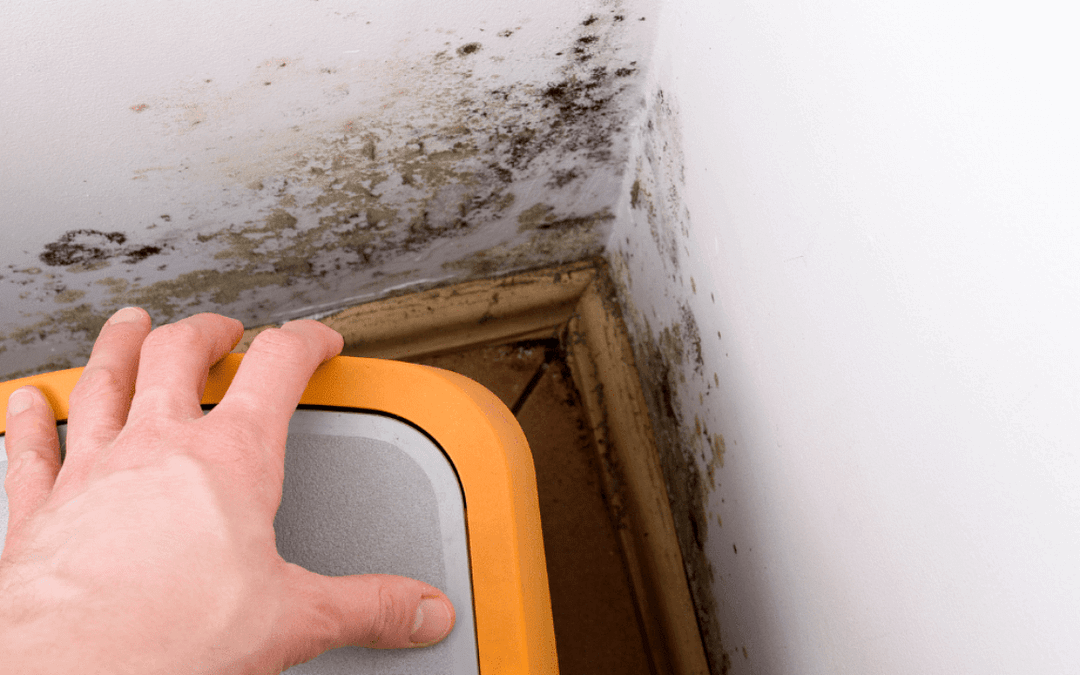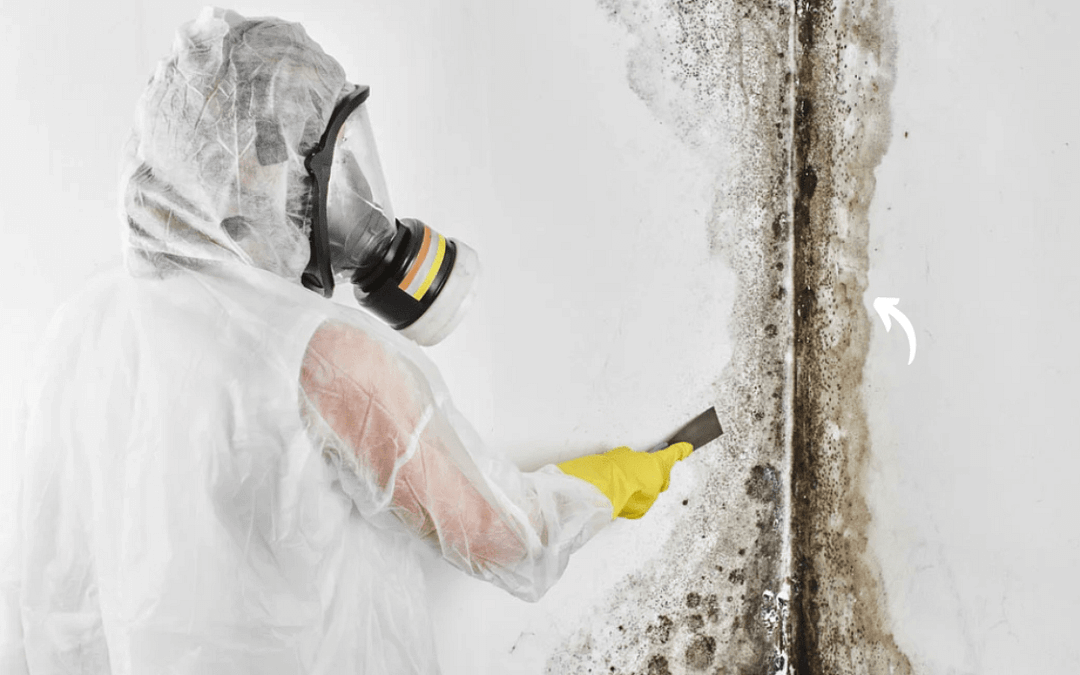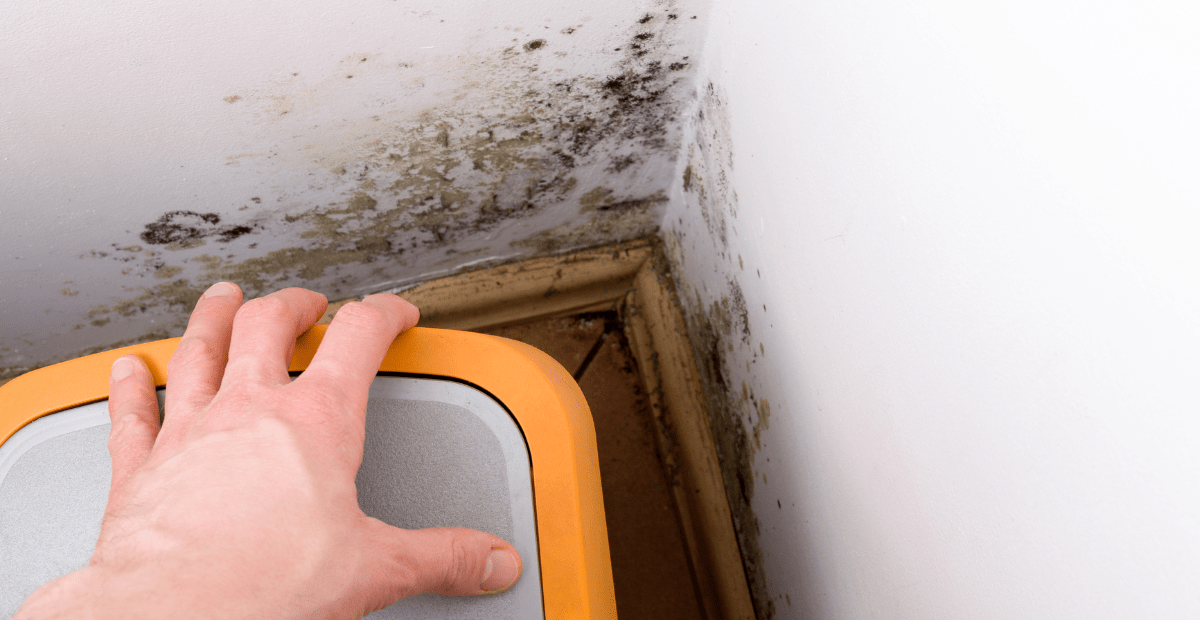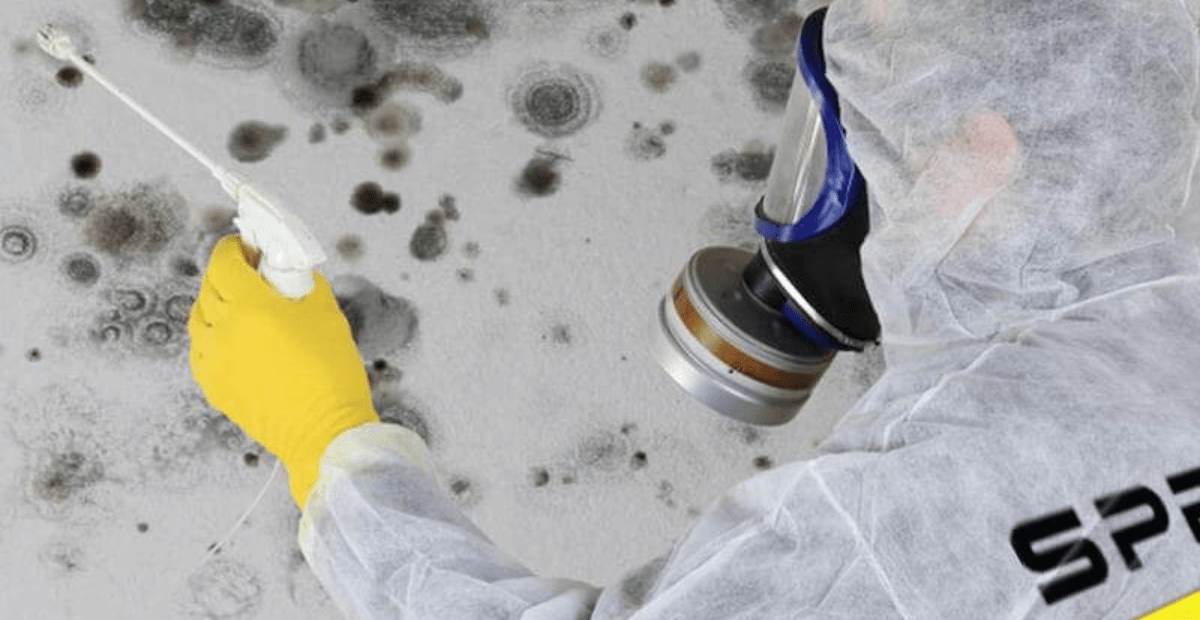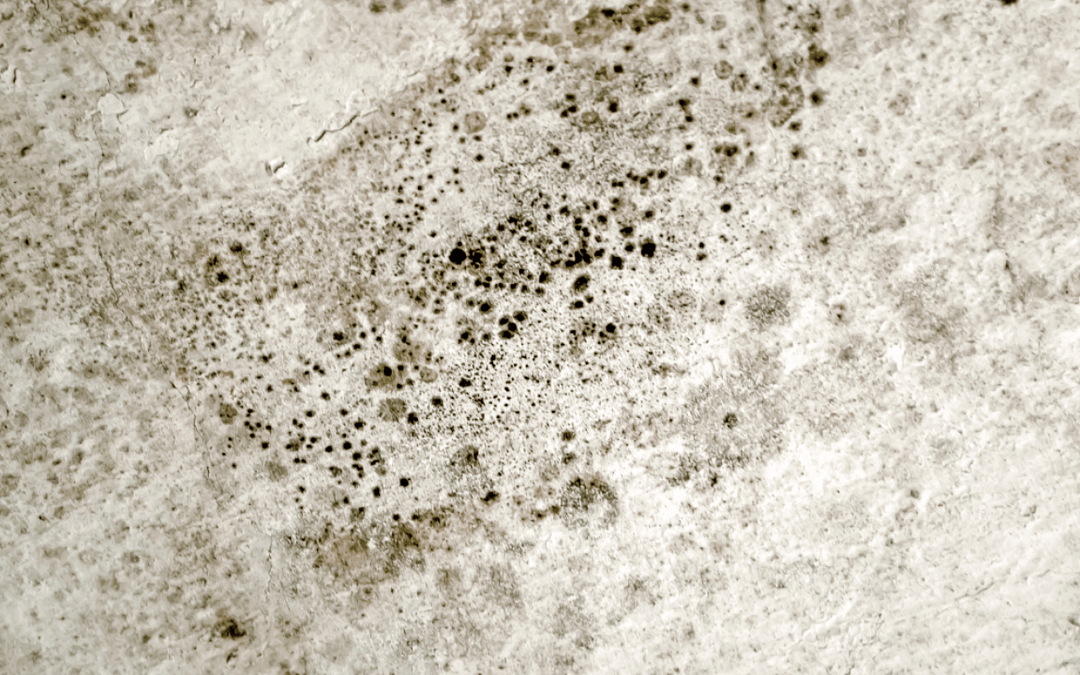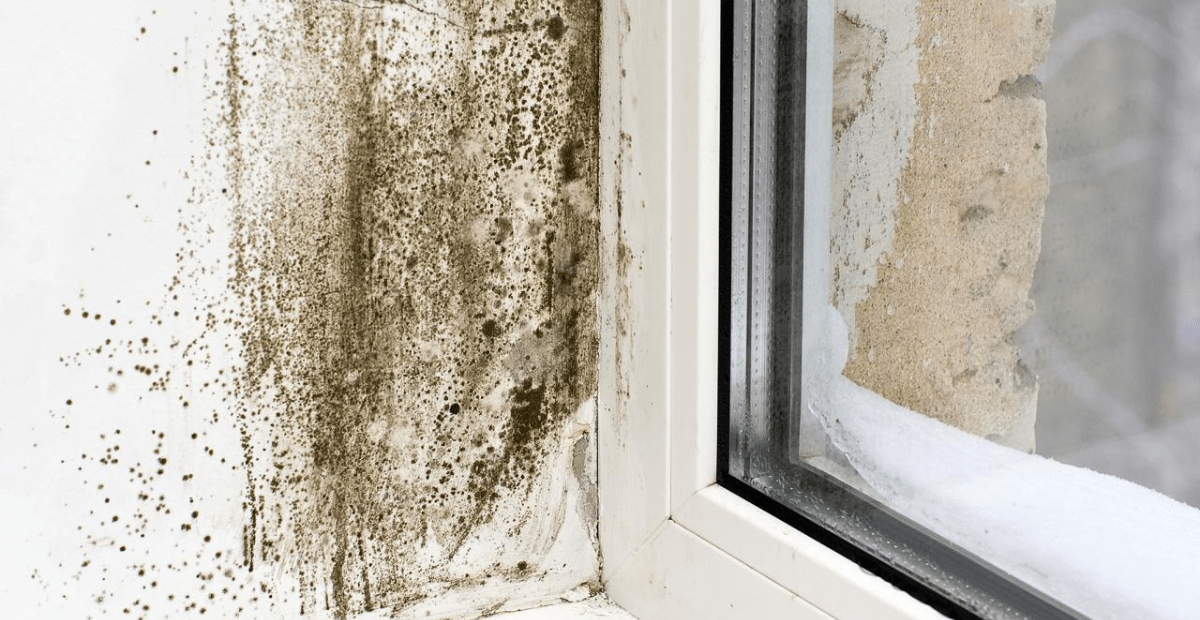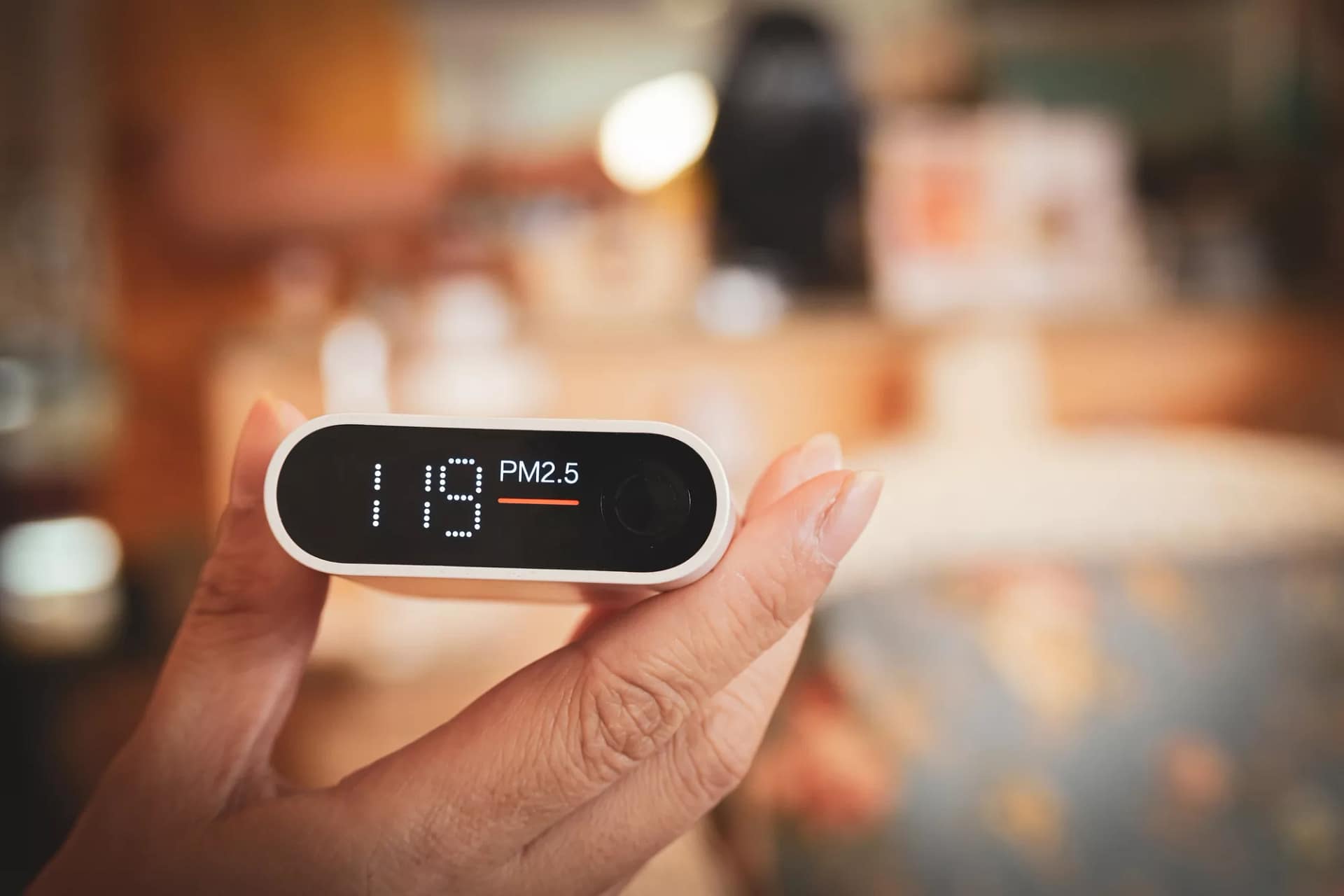
Is Mold Making You Sick? Here Are The Signs and Solutions
Are you feeling under the weather lately? Constantly battling unexplained symptoms like sneezing, coughing, or headaches?
It might be easy to dismiss these as just common cold or allergies, but what if there’s something more sinister lurking in your home? Could mold be the culprit behind your mysterious ailments? Let’s delve into this pervasive issue and find out how you can identify if it is making you sick.
Understanding Mold and Its Health Effects
Mold is a type of fungus that thrives in damp and humid environments. It can take root in various places in your home, from dark corners to poorly ventilated spaces like bathrooms, attics, and basements. When mold spores are released into the air and you breathe them in, it can lead to a range of health problems, especially for those with sensitivities or allergies.
Signs That It Might Be Making You Sick
How can you tell if mold is wreaking havoc on your health? Here are some common symptoms to watch out for:
Respiratory Issues: Do you often experience coughing, wheezing, or shortness of breath, especially when you’re at home? Mold spores can irritate your respiratory system, triggering asthma attacks or exacerbating existing respiratory conditions.
Allergic Reactions: Are you constantly sneezing, suffering from a runny or stuffy nose, or experiencing itchy eyes and skin? These could be signs of an allergic reaction to mold spores present in your living space.
Headaches and Fatigue: Mold exposure has been linked to headaches, fatigue, and difficulty concentrating. If you find yourself feeling tired and foggy-brained even after a good night’s sleep, mold could be to blame.
Skin Irritation: Have you noticed any unexplained rashes, redness, or itching on your skin? Mold exposure can sometimes lead to skin irritation and discomfort.
Persistent Flu-like Symptoms: Are you experiencing flu-like symptoms such as fever, chills, and body aches that don’t seem to go away? Mold-related illnesses can often mimic the symptoms of the flu, making it challenging to pinpoint the cause.
Take Action Against It’s Exposure
If you suspect that mold is making you sick, don’t ignore the warning signs. Here’s what you can do to address the problem:
Inspect Your Home: Take a thorough look around your home for any signs of mold growth. Check areas prone to moisture, such as bathrooms, kitchens, basements, and attics. It can appear as black spots, green patches, or even fuzzy white growth on surfaces.
Address Water Leaks and Moisture Issues: Mold thrives in damp environments, so it’s essential to fix any water leaks or moisture problems in your home promptly. Repair leaking pipes, improve ventilation, and use dehumidifiers to keep humidity levels in check.
Clean and Remove Mold: If you discover mold growth in your home, don’t hesitate to clean it up properly. Use a mixture of water and detergent to scrub away surface mold, and consider using mold-killing products for more stubborn infestations. For extensive problems, it’s best to enlist the help of professional mold remediation services.
Improve Indoor Air Quality: Invest in air purifiers or HEPA filters to remove spores and other airborne pollutants from your indoor environment. Regularly clean and maintain your HVAC system to prevent mold buildup in ducts and vents.
Seek Medical Advice: If you’re experiencing persistent symptoms that you suspect may be related to mold exposure, consult with a healthcare professional. They can help diagnose any mold-related illnesses and recommend appropriate treatment options.
Don’t Let Mold Harm Your Health
Your health and well-being should always be a top priority. If you suspect that household mold is making you sick, take proactive steps to address the issue and create a healthier living environment for yourself and your loved ones. By recognizing the signs of mold exposure and taking timely action with the help of mold remediation professionals, you can safeguard against mold-related illnesses and enjoy a happier, healthier home.
Remember, when it comes to mold infection, prevention is key. Stay vigilant, stay healthy, and say goodbye to mold-induced misery once and for all!
So, are you ready to take charge of your health and banish mold from your home for good? Don’t wait until it’s too late—start protecting yourself and your family today!

